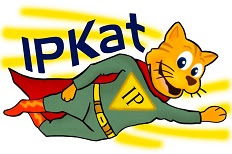The Peruvian National Institute for Defense of Competition and Protection of Intellectual Property (Indecopi) together with the Peruvian National Commission for Development and Life without Drugs (Devida) have launched "Workshop training for collective marks" . The aim of these workshops is to promote the use of collective marks in indigenous communities and producers in the regions of Valles de los ríos Apurímac, Ene y Mantaro (Vraem).
The union of this two institutions “will strengthen the capacities of its specialists who will become facilitators to guide, disseminate and promote the use of collective marks”. It is said that collective marks would be promoted as “an important development tool as they are the best option to bring up rural entrepreneurs and offer many advantages to producers, manufacturers and marketers of products and services through partnerships.” It is noted by INDECOPI that “groups that exploit collective marks for their products have more value and are more appreciated and preferred by consumers.”
Many times the blog has published the importance of collective marks and geographical indication. However, this topic is always open to debate especially when the product and/or the producers are from indigenous communities: would the registration of the collective mark give a direct benefit to the community?
According to INDECOPI the project seeks to incentive the organisation of producers for them to succeed in the market and thus, help their families and the community in which they conduct their business. It continues explaining that one of the “advantages of the collective mark is that the group that owns the mark can compete in the market together and do establish a common strategy.” It adds that a collective mark requires unifying quality which is “promoted by several people which reduces costs and helps to promote the attraction of the area where producers are located.”
Surely enough, this is always what we find as advantages of collective marks but this is not always the case. In black and white it looks a good strategy but there is always two sides of the coin. One thing that I can say for sure (but perhaps I am wrong) is that we as a consumers start to value more the product.
Source INDECOPI.
Sunday 19 April 2015
Peru: Collective marks for indigenous community
Post a Comment













